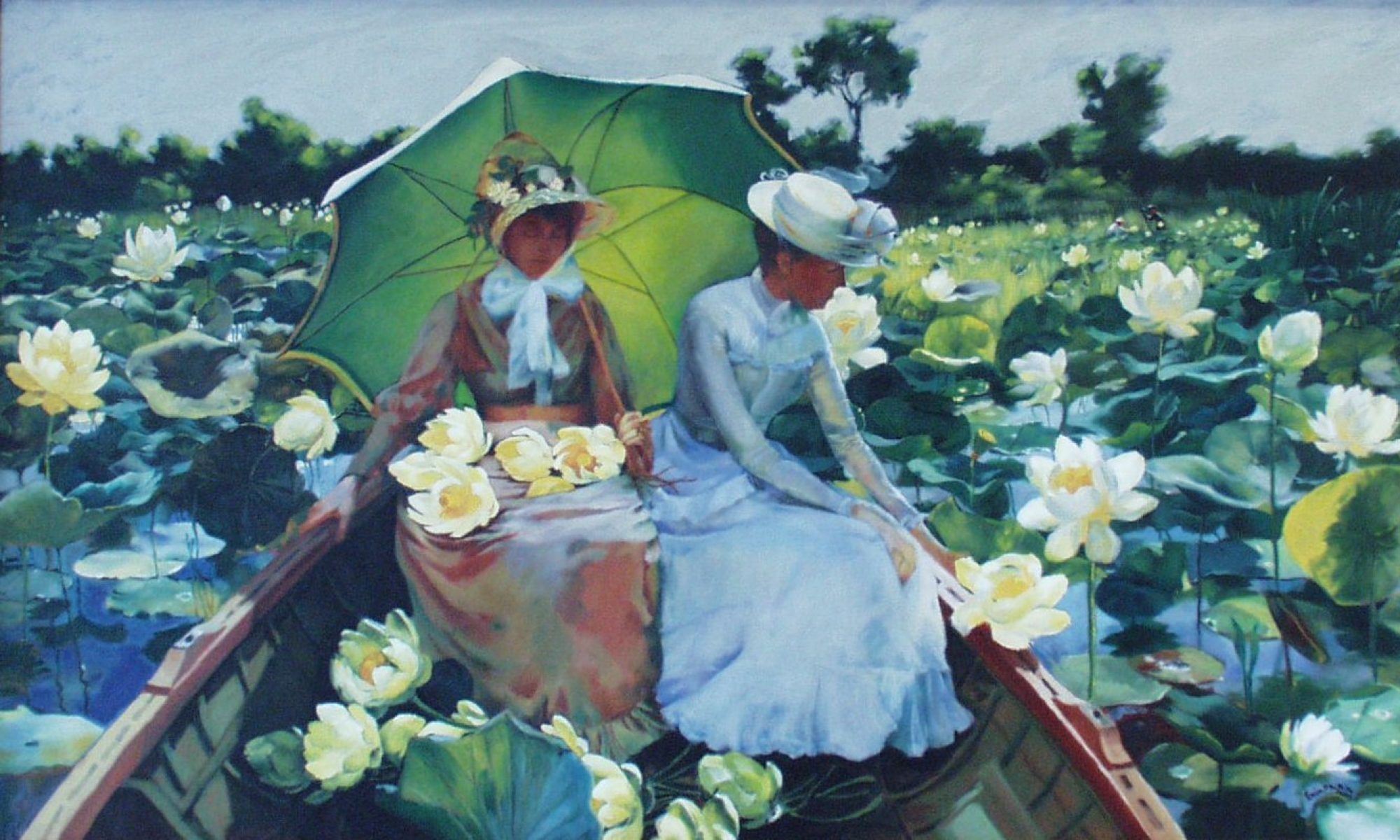ANDREW G. CARR, a graduate of The Art Academy, studied painting at Macalester College and received B.A.s in Philosophy and in English from the University of St. Thomas. After his time in college, Andrew wanted to find a way for his work in the humanities to bolster and enrich his relationship to fine art. To that end, Andrew has supplemented his technical training with an intense, individual study of aesthetics and historic art instruction, which includes the writings of artists Harold Speed and John Vanderpoel, and noted authors of aesthetics, art history, and art criticism Joseph Torrey, Kenneth Clark, and John Ruskin. Andrew has found additional inspiration by analyzing the insights of masters Leonardo da Vinci, Sir Joshua Reynolds, and Auguste Rodin.

In addition to teaching at The Art Academy, Andrew has also been on the faculty of Trinity School at River Ridge since 2016, where he teaches Art and Art History to students from 6th to 12th grade. Teaching at Trinity has renewed his appreciation for the value of patience and method in the artistic process. In the last few years he has developed a passion for the writing of the late art historian and essayist John Berger. Through the instruction materials of Arthur Wesley Dow (1857-1922), Andrew has deepened his love for the compositional care, balance, and clarity of the Japanese masters Katsushika Hokusai, Utagawa Hiroshige, and Yoshida Hiroshi.

RIGHT: Andrew G. Carr, Thompson Pond, 2018
“These artists and authors,” says Andrew, “have changed how I think about art. Art is often talked about as an expression of oneself: ‘A painting,’ we say, ‘can express our thoughts, feelings, or personalities.’ What I’ve found is that it’s a two way street: In a serious relationship to art you leave an impression on your work, and working leaves its impression on you. A painting can make tangible the way you see things, but painting can also change the way you see. It can literally inform your vision. It can change how you think, what you notice when you walk around the block. This is one of the spectacular things about art—you can use it to express yourself, but it can also enrich who you are.”

MIDDLE: Andrew G. Carr, River Road Trees, 2018
RIGHT: Andrew G. Carr, Thompson Pond 2019
“Additionally, reading and studying has impressed upon me the value of thought in art. By this I mean that I believe that many of the challenges an art student faces can be resolved through an increase in understanding. It is certainly the case that success in drawing and painting depends on consistent application and practice. I’ve also found, however, that a change in how one thinks can have tremendous implications on the page. For that reason, art history and aesthetics have become very important to me—both as an artist and as a teacher. It’s amazing to see how a struggling student, when given the ideas they need, in a way they understand, can dramatically improve over the course of a single evening. That happens when the hand is being trained at the same time as the mind.”

MIDDLE: Andrew G. Carr, Tree Study, 2016
RIGHT: Andrew G. Carr, Mississippi Monument Bluff, 2017
“For that reason, I think that an art instructor has at least two major concerns. The first is to encourage students to apply themselves, to give them confidence, to help them defy those self-deprecating axioms that so many of us seem to acquire: ‘I can’t draw,’ ‘I’m not creative,’ ‘I’m not talented,’ and to show students that nothing could be further from the truth. The second is to provide students with the tools they need. That is to say, an art teacher must know how and when to give those insights and instructions that will allow students to overcome the obstacles they face. Nothing kills a love for art faster than a sense of futility. But nothing encourages students like the knowledge that they are making firm, steady, and methodical progress towards becoming the type of artists they wish to be.”

MIDDLE: Andrew G. Carr, Sketch from the Trinity Art Room, 2017
RIGHT: Andrew G. Carr, Trinity Sketch 2016
For a beautiful reflection of Andrew's thoughts on the creative process, please read On Thompson Pond at the Veritas Journal by following this link: https://veritasjournal.org/2019/08/22/on-thompson-pond/
View more of Andrew's work at: http://www.andrewgrumcarr.com/

MIDDLE: Andrew G. Carr, Trinity Sketch, 2017
RIGHT: Andrew G. Carr, Trinity Tree Design, 2017



You must be logged in to post a comment.